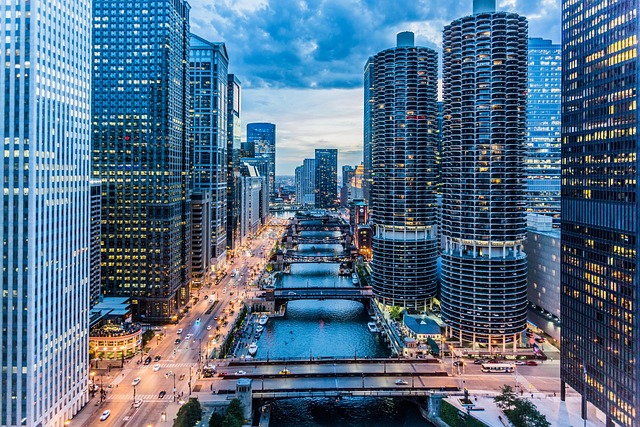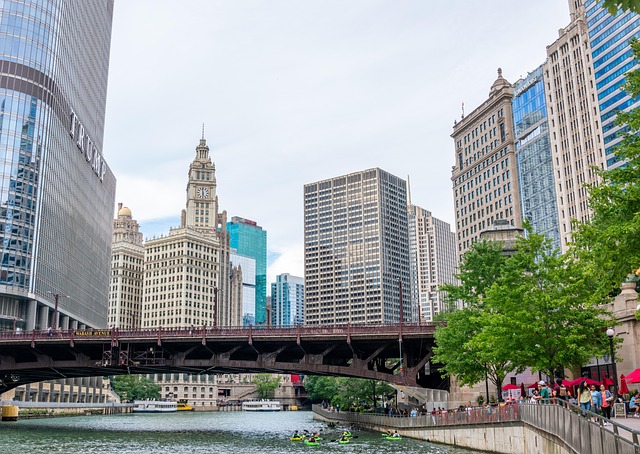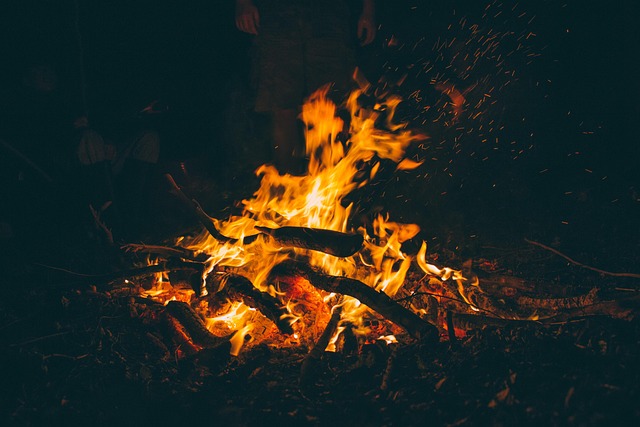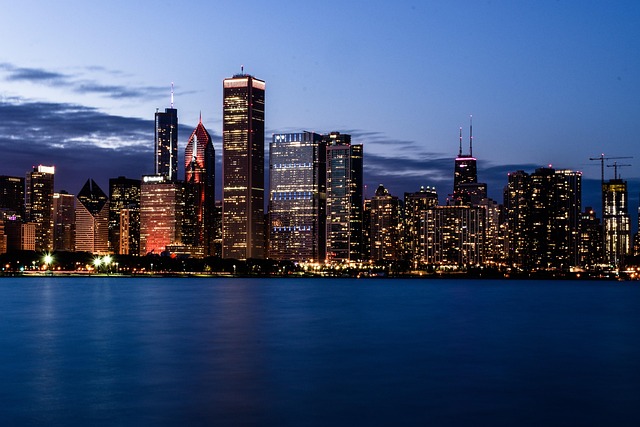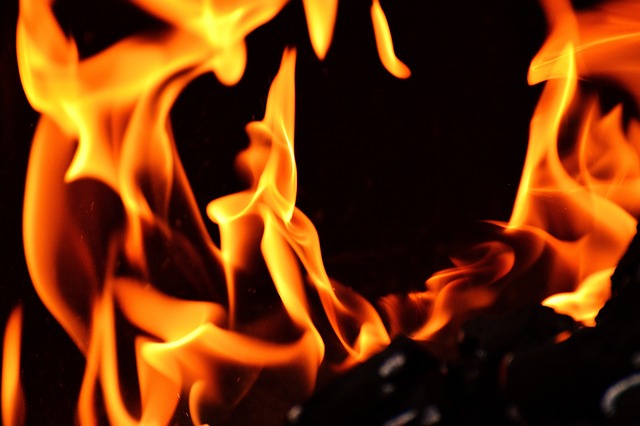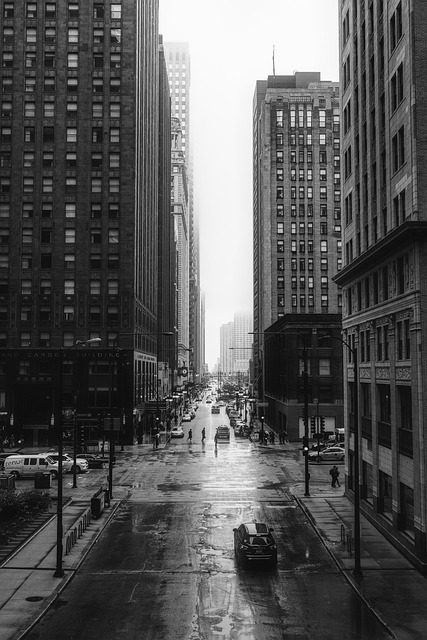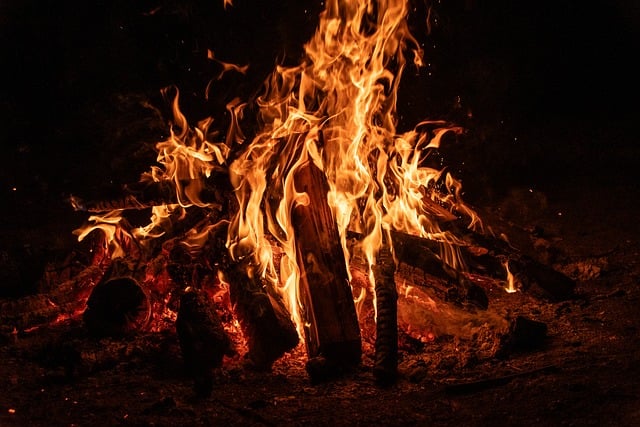Smoke damage from fires in Chicago homes can have significant hidden impacts on both structure and air quality, requiring professional remediation for occupant safety, health, and property value maximization. The process involves a meticulous multi-step approach starting with inspection, cleaning personal belongings, structural repair, advanced odor removal, dehumidification, and final safety checks. Understanding state laws, documenting damage thoroughly, insuring the property, and working with real estate professionals is crucial for selling fire-damaged properties in Chicago while navigating legal considerations and insurance claims.
In the aftermath of a fire, smoke damage can leave Chicago homes with significant residual effects. Understanding the impact and knowing the remediation process is crucial for property owners. This guide delves into the steps to restore your home, legal considerations in Illinois, and valuable tips for selling a fire-damaged house in Chicago, ensuring you maximize your recovery potential. From assessing smoke damage to navigating insurance claims, this comprehensive resource offers practical advice for those navigating the challenges of fire restoration.
- Understanding Smoke Damage and Its Impact in Chicago Homes
- The Process ofSmoke Damage Remediation: Step-by-Step Guide
- Legal Considerations and Insurance Claims for Fire Damaged Properties in Illinois
- Tips for Selling a Fire-Damaged House: Maximizing Your Recovery after Smoke Damage
Understanding Smoke Damage and Its Impact in Chicago Homes
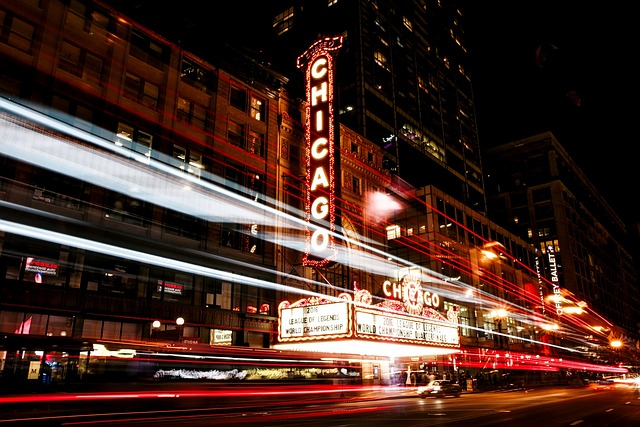
Smoke damage from a fire can leave behind significant and often invisible traces, affecting both the physical structure and air quality of Chicago homes. When a fire burns, it produces a complex mix of gases, tar, and soot, which can penetrate walls, ceilings, and floors, causing long-lasting harm. This type of damage is not just about charred furniture and blackened surfaces; it also includes hidden risks like toxic gases and mold growth, especially in humid environments.
In the aftermath of a fire, selling a fire-damaged house in Chicago requires careful consideration. Homeowners must first address remediation to ensure the safety and health of future occupants. Professional smoke damage restoration services are crucial for removing hazardous materials, restoring structural integrity, and mitigating potential health issues associated with residual smoke and soot. These steps not only prepare the property for sale but also help maximize its value in the market, ensuring a smoother transition for anyone looking to buy a fire-damaged home in Chicago.
The Process ofSmoke Damage Remediation: Step-by-Step Guide

Smoke damage remediation is a specialized process designed to restore homes affected by smoke and fire. The goal is to mitigate health risks, remove odors, and return the property to its pre-loss condition. Here’s a step-by-step guide for effective sell fire damaged house Chicago services:
1. Inspection and Assessment: Professionals begin with a thorough inspection to identify the extent of damage, including smoke stains on walls, ceilings, and other surfaces, as well as odor sources. This step is crucial for developing a tailored remediation plan that addresses specific needs.
2. Contents Cleaning and Restoration: Once the structure is secured, the process shifts to cleaning personal belongings and restoring affected items. This involves careful washing, decontamination, and deodorization using specialized equipment to eliminate smoke and fire-related odors.
3. Structural Cleaning and Repair: Professionals move on to cleaning and repairing damaged surfaces. This includes power washing walls and ceilings, sanding to remove soot and charring, and applying appropriate finishes for a complete restoration.
4. Odor Removal: Persistent smoke odors can permeate fabrics, drywall, and other materials. Experts employ advanced odor removal techniques such as ozone treatment, air filtration, and negative ionization to eliminate these unwanted scents, ensuring the home is fresh and pleasant.
5. Dehumidification: Moisture from water used during cleanup can lead to mold growth. Therefore, dehumidifiers are used to control humidity levels, preventing further damage and ensuring optimal drying conditions.
6. Final Inspection: After completing all remediation steps, a final inspection confirms that the property meets safety standards and is ready for re-occupancy or sale.
Legal Considerations and Insurance Claims for Fire Damaged Properties in Illinois
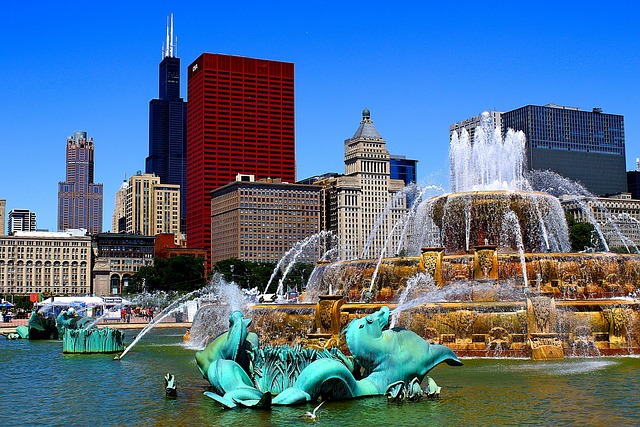
In Illinois, including Chicago, the process of selling a fire-damaged property involves several legal considerations and insurance claims that homeowners must navigate. After a fire, it’s crucial to understand the rights and responsibilities outlined in state laws, which protect both property owners and buyers. The first step is to document the damage thoroughly, as this will be essential when filing an insurance claim or engaging with potential buyers. This includes taking photos and videos of the affected areas, keeping records of all repair estimates, and noting any safety hazards present.
When it comes to selling a fire-damaged house in Chicago, homeowners should consult with real estate professionals who have experience in such situations. These experts can guide them through the process of insuring the property, assessing the structural integrity, and disclosing potential issues to interested buyers. Insurance claims for fire damage typically involve contacting your provider to file a claim, providing necessary documentation, and working with adjusters to determine the scope of repairs or replacement costs. Understanding these legal aspects is vital to ensure a smooth transition and protect one’s interests in selling a fire-damaged property in Illinois.
Tips for Selling a Fire-Damaged House: Maximizing Your Recovery after Smoke Damage
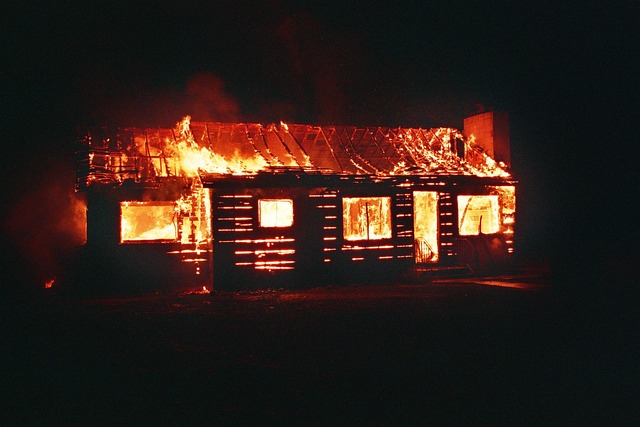
Selling a fire-damaged home in Chicago can be a challenging process, but with the right approach, it’s possible to maximize your recovery after smoke damage. Start by conducting a thorough inspection to identify affected areas and the extent of the damage. Document everything with photos and videos, which will be crucial for insurance claims and potential buyers’ assessments.
Next, address any safety concerns first. Remove or secure hazardous materials, such as burning debris or contaminated items. Ensure that all repairs are carried out by professionals who specialize in smoke damage restoration to avoid further contamination. Repaint walls with non-toxic, smoke-neutralizing paints, and consider replacing affected furniture or fixtures to give the house a fresh start. Additionally, stage your home to emphasize its best features, focusing on creating an inviting atmosphere that potential buyers can envision making their own.
Smoke damage can significantly impact homes in Chicago, but understanding the remediation process and legal aspects is key to a successful recovery. By following a structured guide, from assessment to cleaning, and being aware of insurance claims and selling strategies for fire-damaged properties, homeowners in Illinois can navigate this challenging situation effectively. Remember, with proper expertise and a well-informed approach, you can restore your Chicago home and even maximize the sellability of a fire-damaged house, ensuring a positive outcome.
